Protecting the ribbon of life
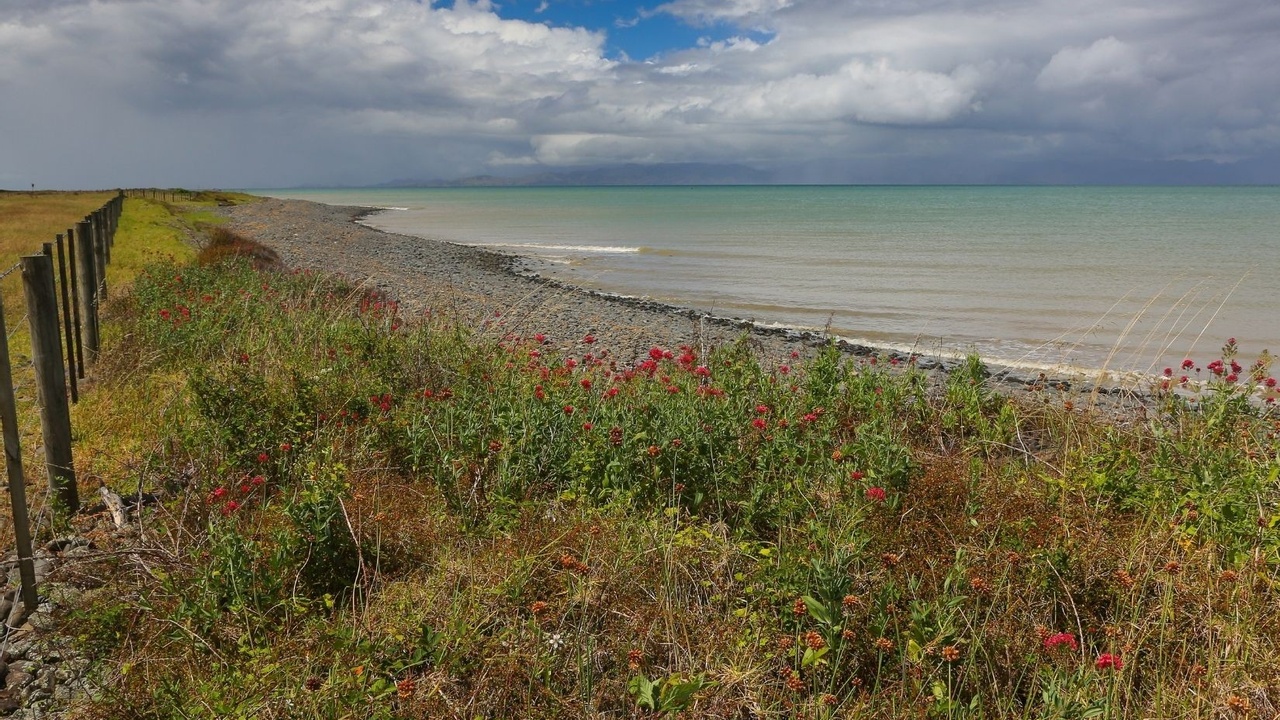
Spending time on a shoreline is a privilege and an escape that so many of us enjoy. Whether that is with day trips to the beach, or camping near waterways or having a cottage or even home on a shore, we know that being at the water’s edge is calming and peaceful. For me it somehow washes away my stress in an instant.
In fact, it is thought that watching the movement of water is so ingrained in our evolution, that it is innately calming to most of us, and being in nature has known benefits to both our physical and mental wellbeing.
However, as much as we like to be near the water or to live on waterfront properties and take advantage of the benefits that come along with these locations, it is crucial to remember that lakes aren’t just for human enjoyment. They are ecosystems that provide a habitat to many important species that contribute to the overall health of the lake.

Development alongside lakes, which consists of building waterfront homes, cottages, and campsites, has a significant impact on shoreline habitat. This affects the health of the entire lake, as shorelines are referred to as the “ribbon of life” which supports countless species of plants and animals.
These days, we are seeing more and more people building cabins on lakes or living in their cabins full time thanks to the ability to work from home during the COVID-19 pandemic. This means that it is more important than ever to take our actions into account and assess how they are impacting the environment.
There are certain management practices that we can adopt (and encourage our neighbours to adopt) in order to help protect the shorelines, habitats, and water quality of the lakes we live on and use recreationally.
How exactly are lake ecosystems impacted by human activity?
Human activities on and nearby lakes have contributed to lower water quality over the last 50 years. When land is cleared for cottage or recreational development, an increased flow of nutrients such as phosphorous and nitrogen enter the water.
This is because the natural shoreline is often disrupted in order for these buildings and their accompanying docks to be built. Native trees, shrubs, grasses, and wildflowers, that are important components of the shoreline, are removed so that cabins can be situated right on the lake.

In addition, the use of phosphorus-rich fertilizers on the plants, gardens, and lawns of cottage owners may result in nutrient runoff into the water as well.
These nutrients encourage plants in the lake to grow, therefore resulting in thick mats of algae and other plant matter. Now, you might be wondering why more plants is a bad thing…after all, more plants and green spaces are often encouraged when it comes to the creation and maintenance of sustainable sites.
 Well, when these aquatic plants die, they settle to the bottom of the lake and decompose. The decomposition process uses dissolved oxygen in the water. Normally, this wouldn’t be an issue, but because an excess number of plants are growing and dying, the amount of oxygen being used up might result in the death of fish and other aquatic species due to a lack of dissolved oxygen in the water.
Well, when these aquatic plants die, they settle to the bottom of the lake and decompose. The decomposition process uses dissolved oxygen in the water. Normally, this wouldn’t be an issue, but because an excess number of plants are growing and dying, the amount of oxygen being used up might result in the death of fish and other aquatic species due to a lack of dissolved oxygen in the water.
Natural Shoreline benefits
Now that we know how human activity can negatively impact the lake’s ecosystem, it is important to understand how natural shorelines help to mitigate these impacts.
There are four main benefits to natural shorelines that are rich in native species:
- Water quality protection,
- erosion protection,
- wildlife habitat, and
- aesthetic value.
In terms of water quality, all the trees, shrubs, grasses and wildflowers that grow along the shoreline help to absorb and trap excess nutrients and chemicals before they are able to enter the water. In contrast, bare surfaces encourage runoff that carries unwanted substances which end up in the lakes.
In addition, shoreline vegetation reduces soil erosion by using their roots to keep soil in place, therefore stabilizing banks and preventing excessive sedimentation into lakes.
We can’t forget that these plants provide habitat for both aquatic and terrestrial wildlife, protecting the biodiversity of lakes.
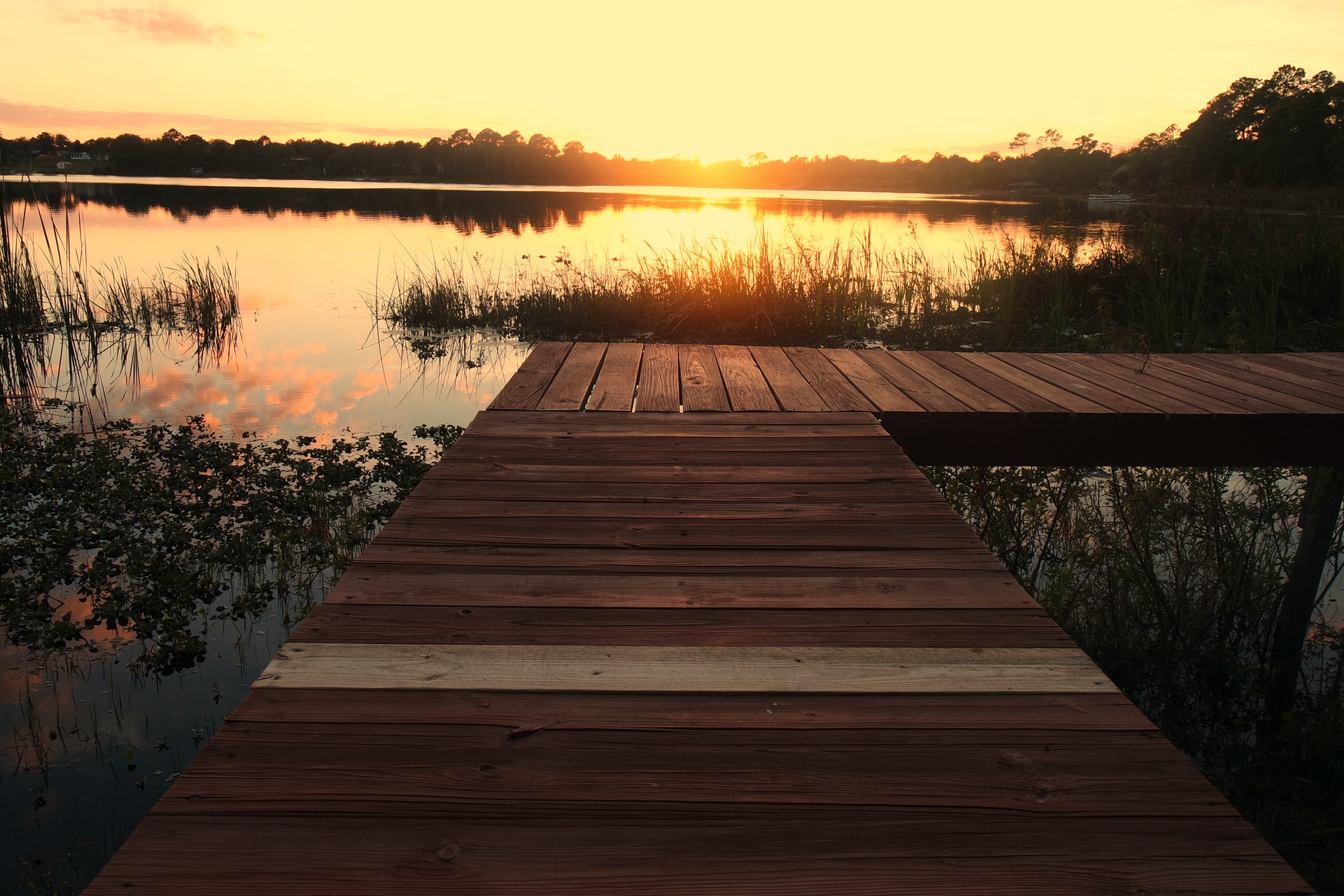
Lastly, native vegetation is beautiful! People have cabins on the lake so that they can enjoy the great outdoors and get away from cities. It doesn’t make much sense to remove the wonderful native plants that create a sense of wilderness that can’t be replicated. Don’t be tempted to remove these species in order to make room for a larger lawn or better access to the water. Let nature thrive!
How we can protect our shorelines
Whether you are a cottage or home owner along a shoreline or nearby, or enjoy camping and getting out to waterways, there are things that you can do to protect shorelines and waterways.
When you camp
If you are car-camping or backwoods camping, the message is the same, treat the water with respect. That means that we need to avoid putting anything into the water or near the water, especially camp fuel or gasoline, human waste, food waste and detergents. But, we should also protect the water from sediment by keeping the shoreline natural and not removing plants, trees and even fallen vegetation.
Here are some tips for protecting shorelines while camping:
- Always park at least 61 meters (200 feet) from any water body to avoid compacting the soil and killing roots of vegetation that help keep shorelines healthy.
- Do not dump and waste water in or near the lake or stream, the additional organic material will add to potential algal blooms and other contaminants could harm aquatic life. Dispose of waste in designated areas or campgrounds.
- When washing dishes, use biodegradable soaps and avoid leaving food waste in or near the waterbody.
- Always use designated campsites, even in the backcountry. Creating new trails contributes to soil erosion which reduces water quality.
- When backwoods camping or even for a trip to the beach, leave no trace of your visit. Have the “pack it in, pack it out” mentality to each trip you make. If everyone tried to leave their campsites as pristine as possible, we can reduce the amount of litter and contaminants that enter waterways.
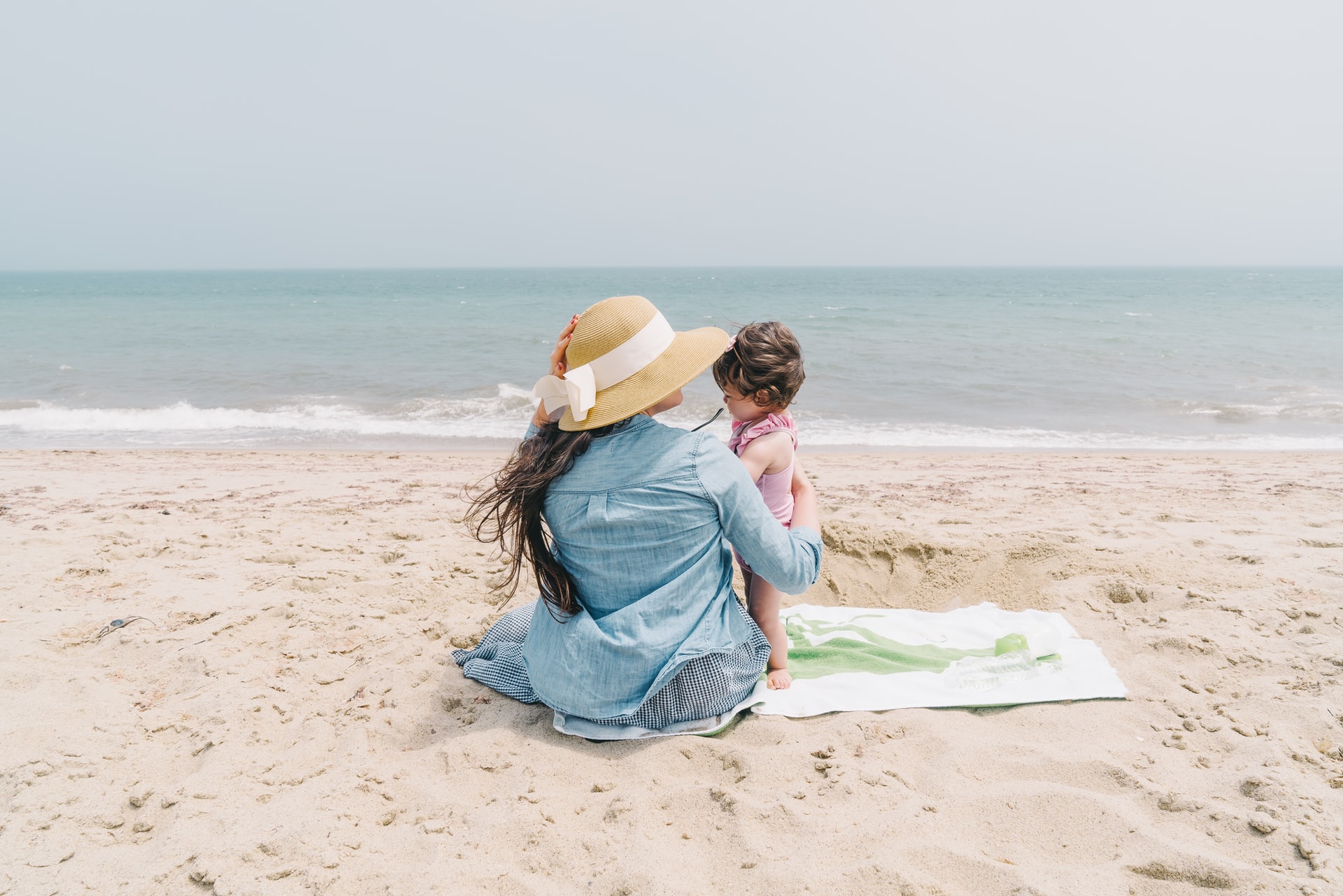
- Collect firewood as far from waterways as possible. Dead and fallen trees in or near water are actually really important for habitat. And of course, never take live trees or branches as this damages the vegetation, and it may not survive. Trees are vital to cool streams, and shorelines allowing for better oxygen levels in the water and healthier waterways.
When you fish and boat
Try to avoid using motorized vehicles on the water. In addition to being generally inefficient motors burning fossil fuels, they also contribute to lower air quality, add noise pollution and can leak toxic fuel into the water.
Consider the calmer, quieter and zero pollution methods of canoeing and kayaking when you get around by boat if at all possible.
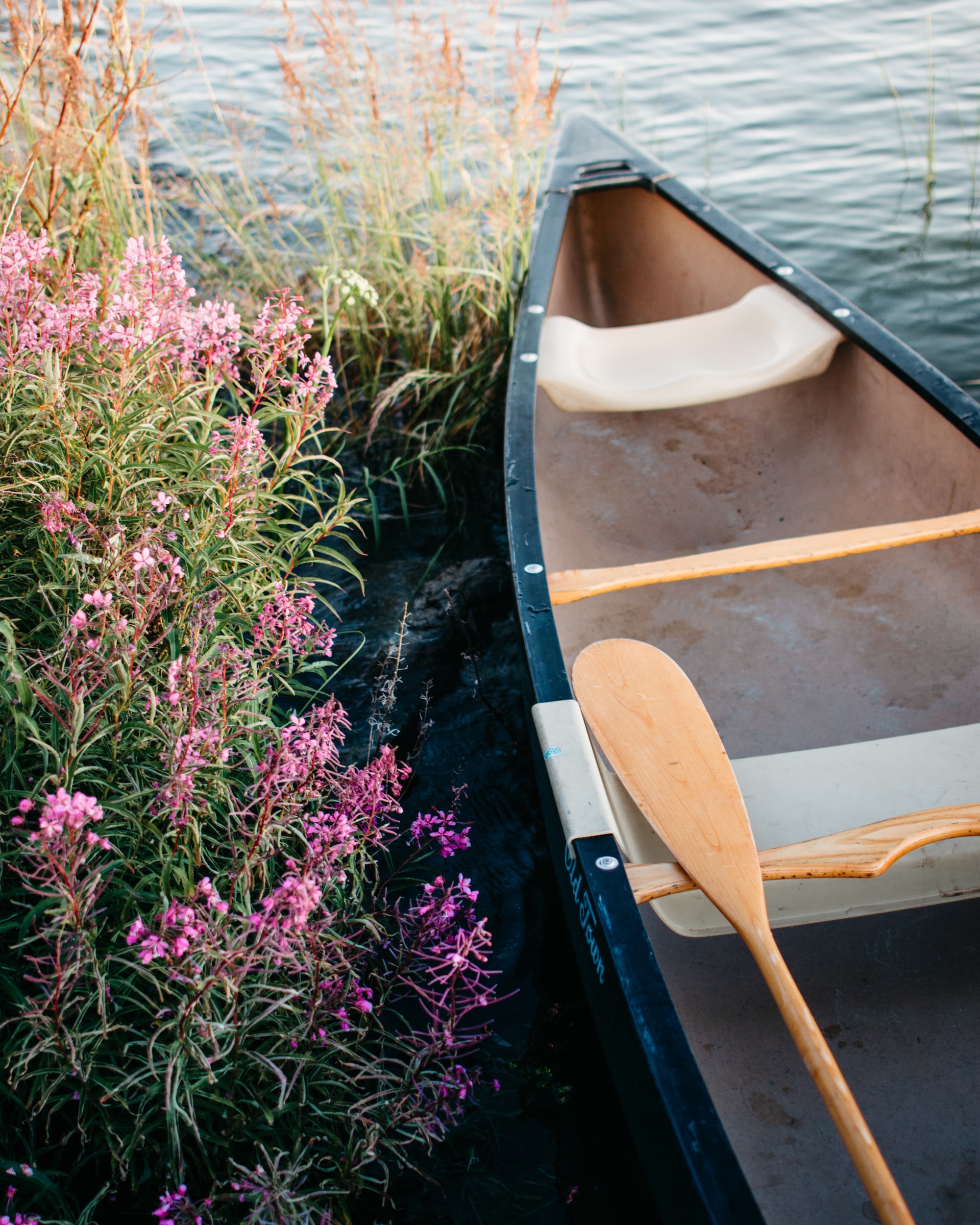
If you do use motorized watercraft:
- Ensure that the engine is well maintained to avoid fuel leaks in and near the water.
- Idle the motor as little as possible while fishing, the noise pollution and air pollution is not good for you or the fish!
- Launch your boat from designated launch sites to avoid destroying habitat and creating more sedimentation.
- Whenever you are on or near the water, keep any littler out of the water. Lots of plastic waste comes from inflatable beach toys and disposable plastics that are used while enjoying shorelines and waterways.
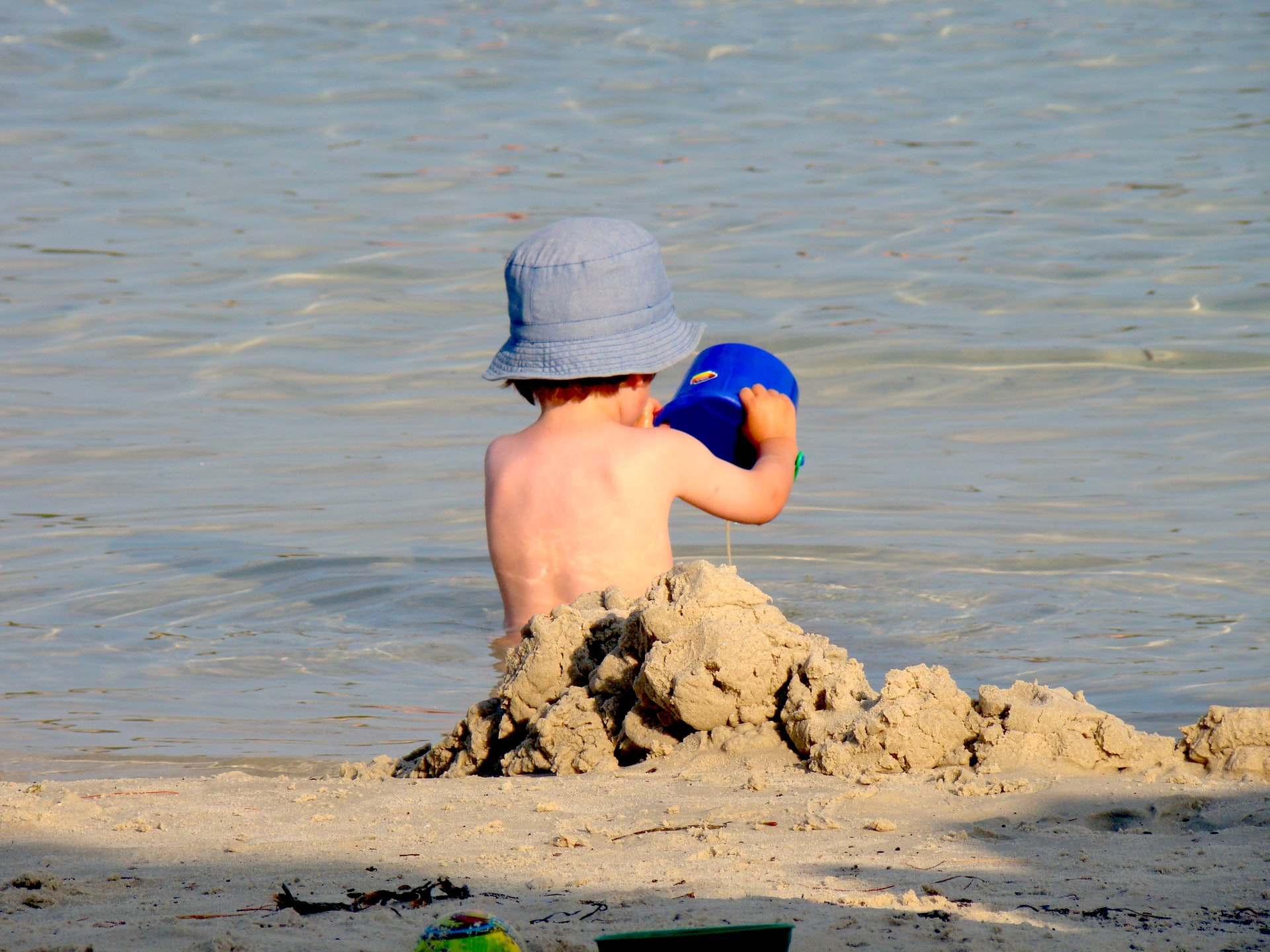
When you own property on or near the water
If you are a lakeside property owner or know someone who is, there are many ways to assess and reduce your impact on the lake’s shoreline.
Here are some ideas to get you started:
- Let native species grow. How do I do this? Just do nothing! Consider doing nothing and just letting the native species overtake the shoreline. See what appears when you let it. However, do watch to see if any of the species that start to take hold are invasive. You will want to remove those by hand to allow the native species room to thrive.
- Refrain from using herbicides or fertilizers. If you have a lawn or garden at your property, please stop using lawn care items that have the potential to runoff into the lake. Instead, you might want to consider planting native grasses and plants that will thrive in that location without any assistance.
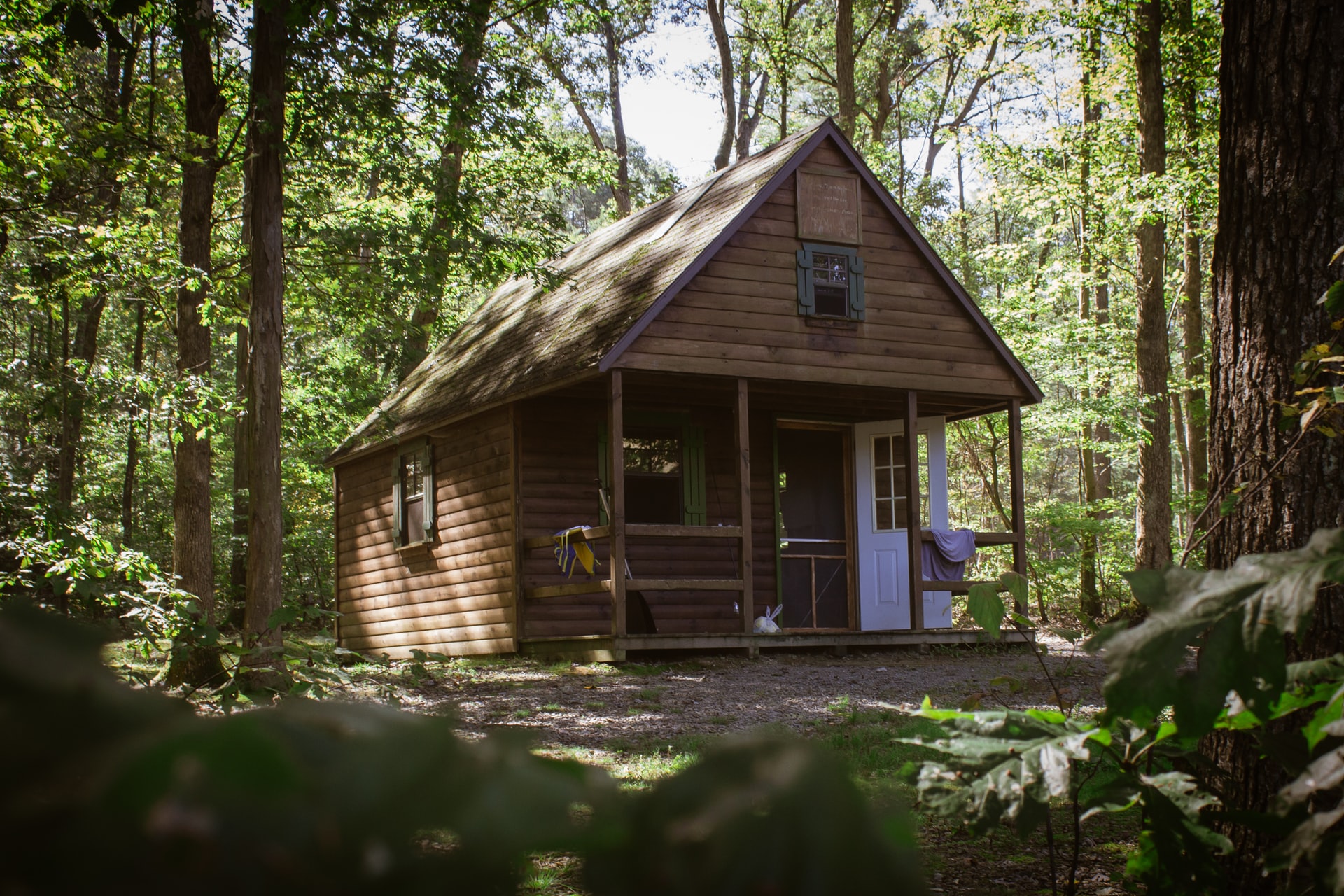
- Naturalize your shoreline. If your shoreline needs some assistance when it comes to establishing native species, you can lend a helping hand by planting additional trees, shrubs, and grasses that are native to the area. You will typically want to avoid any species that are not native to the area, as they can easily take over native species and drastically alter the ecosystem.
- Don’t interfere with natural processes. Consider the approach of rewilding your little area of the shoreline. Although it may be tempting to remove fallen logs and branches from your property, these structures actually provide important habitat for wildlife and aquatic animals.
- Proper dock design. Instead of having your dock run along the shoreline, it is a much lower impact to have it run perpendicular to the shore, so that the amount of shoreline covered by the dock is minimal.

- Limit light pollution. Be considerate of the amount of light your cabin gives off during the nighttime. Light pollution can harm plant and animal species, as these species have adapted to the natural light and dark cycles that occur in nature. Artificial light can negatively impact breeding cycles, migration patterns, and the overall functioning of various animals. Try minimizing the number of outdoor lights on your cabin in order to preserve the natural functioning of these species.
Shorelines truly are magical places. They bring us beauty and calm as well as fun and excitement when we visit or live alongside them, but we can’t forget that they are habitats that need to be protected. Their biodiversity and health matters. They must be respected for they are truly ribbons of life.
Stay connected with news and updates!
Join my mailing list to receive the latest news and updates. Your information will not be shared.

